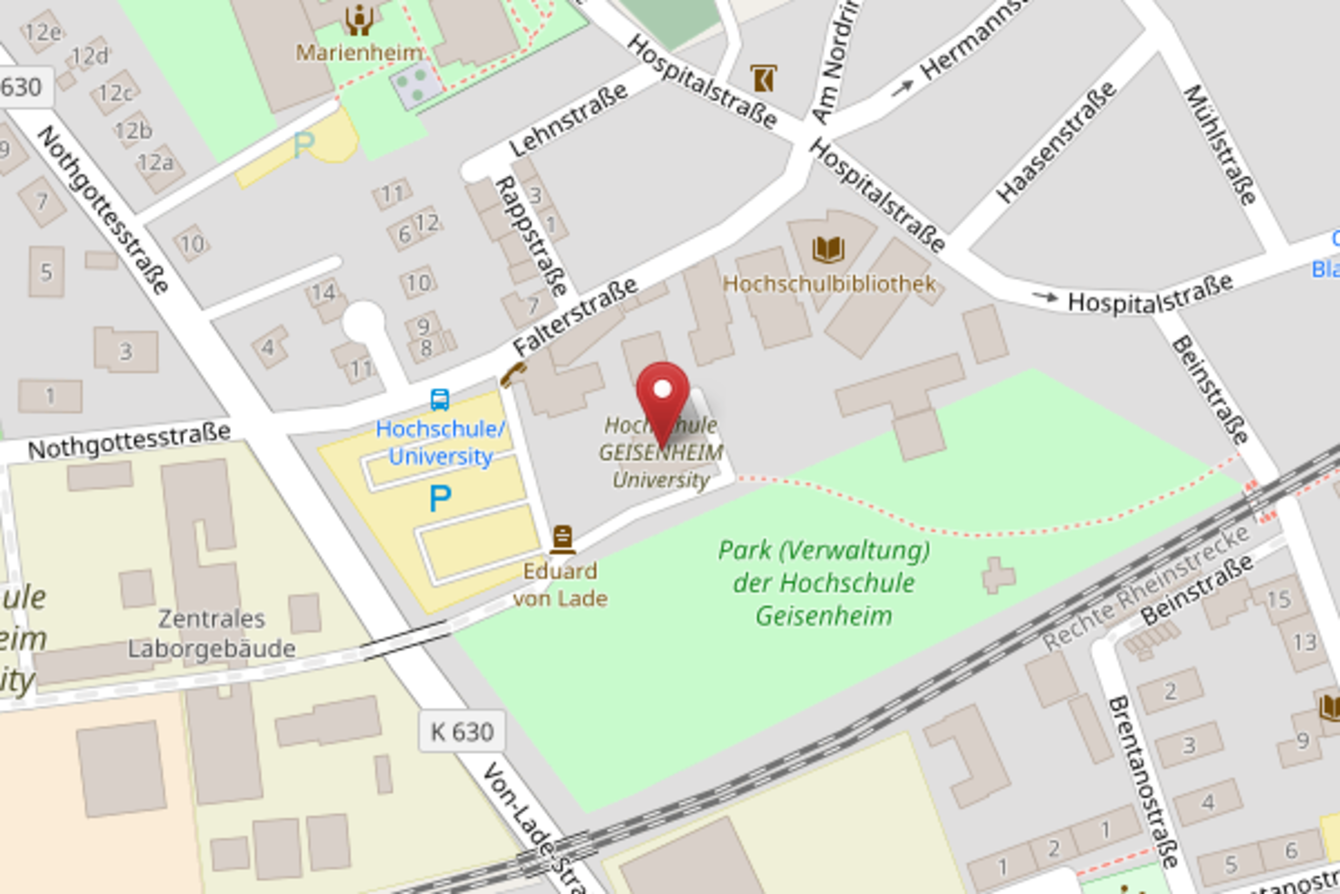Regardless of the type of vineyard management (integrated, organic, biodynamic, etc.), the quality of the grapes available at harvest represents only the potential later wine quality. The real wine quality, which can be detected by the consumer, arises from processing steps in the cellar, and especially from microbiological processes. Depending on when which microorganisms are active during vinification and which properties they have, positively or negatively evaluated substances are formed through a variety of biochemical reactions.
The knowledge of the ability of wine-relevant microorganisms is therefore of fundamental importance for the best possible quality transfer from the grapes to the wines.
A multitude of microorganisms reach the winery through ripe grapes and are washed away by pressing. Various types/species of yeasts, bacteria and molds, the latter especially in rotten grapes, are found in the must. Due to conditions such as acidity, low pH, low oxygen availability and usually sulfuric acid added to mash and/or must, further propagation of these microorganisms is significantly limited. After only a few hours, the spectrum of still living cells begins to reduce to some yeast species (group of non-Saccharomyces yeasts and group of Saccharomyces yeasts) as well as lactic acid bacteria and acetic acid bacteria.
With further decreasing oxygen content and gradual increase of alcohol (ethanol), a significant propagation of Saccharomyces yeasts (colloquial "true wine yeast"), which are only available at the beginning of fermentation in a very small proportion (1 - 3 % of the yeast population) takes place automatically. However, changes in population dynamics in the vineyard occur due to the manifold influences of one vintage.
The conversion of grape must into wine results from alcoholic fermentation with alcohol (ethanol) and carbon dioxide as the main products. Saccharomyces yeasts, normally the species Saccharomyces cerevisiae, are almost the only ones capable of producing wines with alcohol concentrations up to 15 % by volume. The reproduction of a multitude of yeasts, in particular the group of non-Saccharomyces yeasts, is inhibited with increasing alcohol contents starting from five percent by volume, but these yeasts can have a positive as well as negative influence on the subsequent wine quality due to the synthesis of various aroma-active substances. The Saccharomyces yeasts, however, are subdivided into a variety of strains, which, like the non-Saccharomyces yeasts, can also form positive or negative odor and taste substances.
In addition, acetic acid bacteria can form acetic acid as long as oxygen is present and thus can also have a negative sensory effect. Lactic acid bacteria usually grow slowly in a fermenting must, but they can also cause quality loss, for example during a sluggish fermentation.
The ability of various yeasts to release non-volatile aroma substances produced by the vines through enzymatic reactions, and thus to enhance the variety type of a wine is of major importance.
A continuously running alcoholic fermentation does not guarantee the production of a sensory appealing wine of good quality. The risks that both non-Saccharomyces yeasts and Saccharomyces yeasts produce undesirable substances with regard to odor and taste are too high (see "Influence of yeasts and bacteria on the wine bouquet"). Of course, excellent wines can arise from spontaneous fermentations, i.e. the random presence and composition of the microorganism flora in a must, but in practice, rather mediocre to poor wines, sometimes even unmarketable wines, are produced. These risks and others must at least be mitigated or completely avoided by means of adapted fermentation management. In principle, alcoholic fermentation should not only be used to metabolize the must sugar, but also to have a positive effect on the later wine bouquet. Thus, by the use of selected pure yeast cultures, isolated from well-run spontaneous fermentations, an attractive fermentation bouquet can be generated and typical aroma substances, previously available as non-volatile precursors, can be released from the grapes.
As a result of climate change and the associated steady increase in average annual temperatures, vintages have been and are becoming increasingly common with very high must sugar content at grape ripeness, which not only leads to high alcohol content but also, particularly in white wines, to a weakening of the variety bouquet and scratchy taste notes on the palate. In addition to this, the trend that consumers are increasingly looking for white wines with lower alcohol levels is growing.
Currently, EU wine law only allows physical methods to reduce a high alcohol content to traditional levels between 11.5 and 12.5 percent by volume in wines. However, researchers worldwide are working on microbiological and biochemical processes to naturally produce alcohol-reduced wines as well. All methods have in common that oxygen is needed, which in turn means that the resulting wines are much more oxidative than traditional reductively-produced wines. Whether this proves to be a disadvantage or whether new wine styles arise, remains an exciting question.


